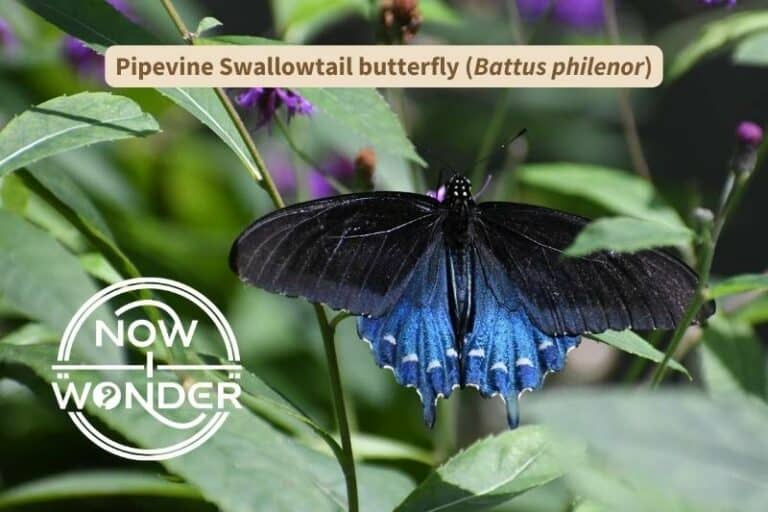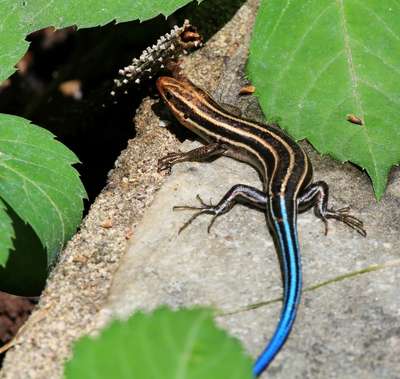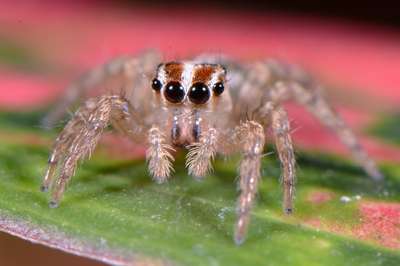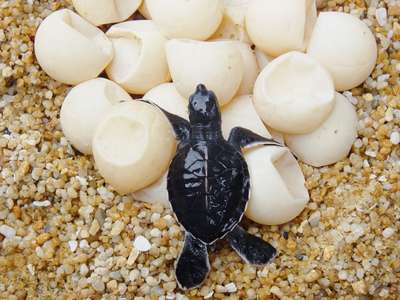All spiders are predators and we humans are used to predators having teeth. But many spiders are small and their body structures are hard to see. So it’s natural to wonder – Do spiders have teeth?
Spiders have fangs and structures called cheliceral teeth. These are not considered “true teeth” such as those found in mammals like humans. Spiders are invertebrates and no invertebrate species has “true teeth”. Spider teeth differ from true mammalian teeth in location, composition, and structure.
Part of the confusion about whether spiders have teeth or not is related to how the term “tooth” is defined. An informal definition of “tooth” is a hard, bony projection in the jaw that helps an organism chew its food into smaller pieces, while the key addition found in the formal definition of a true tooth is the chemical structure.
The easiest way to understand spider teeth is to compare spider teeth with mammalian teeth. Read on for more details about spider teeth and how they are both similar and different from the “true teeth” of mammals.
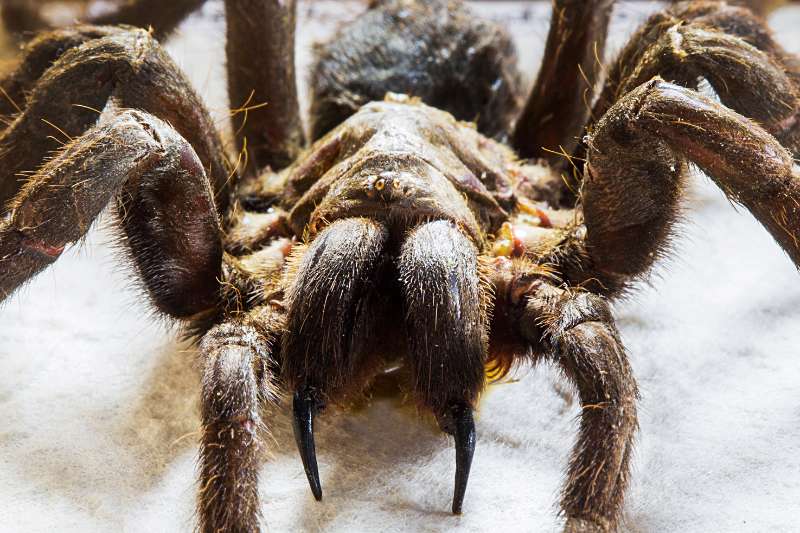
Anatomy
An obvious difference between spider teeth and mammalian teeth is where each are found in (or on) each animal.
Spiders are arthropods classified in the subphylum Chelicerata. All organisms classified as chelicerates have paired structures called chelicerae. Spider chelicerae are located on the front of their prosomas or their “heads”. Chelicerae are spiders’ primary weapons and each consist of two segments: a base segment and a terminal fang.
A spider’s mouth is located underneath the chelicerae. It is a separate structure and contains no teeth.
In addition to the chelicerae, spiders have another paired structure on their prosomas, called pedipalps or simply palps. Pedipalps look a little bit like walking legs but lack the tarsus, metatarsus, and tarsal claws that are part of each spider’s walking leg. Pedipalps are primarily chemosensory organs and play a major part in spider reproduction. However, they may bear tiny teeth in a structure called a “serrule” also and can help spiders’ chelicerae process food (Rose 2022).
In contrast to spider anatomy, mammalian teeth are located in their mouths; their jaws, teeth, mouths, and esophagi are all a single, connected structure.
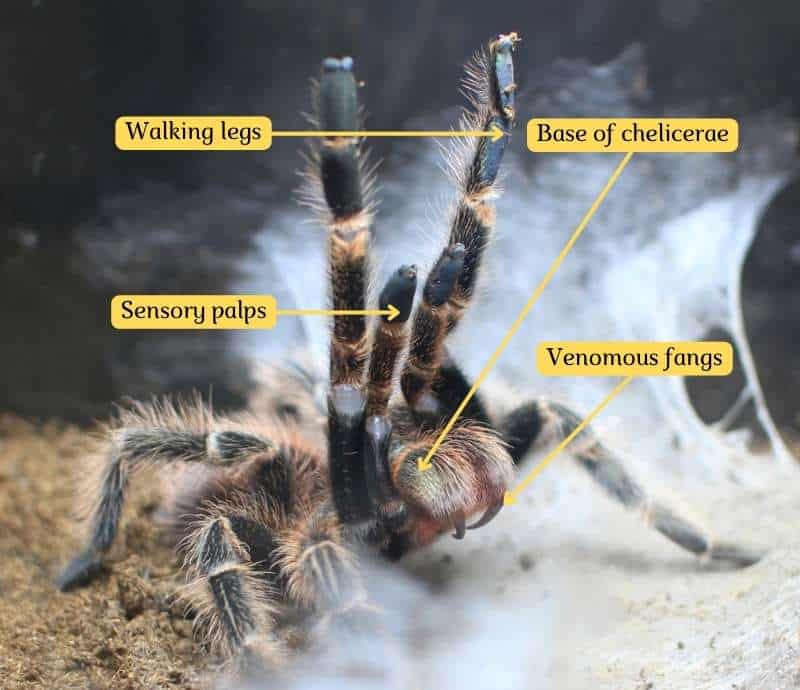
Tooth structure and function
Both spiders and mammals use their teeth to process food and both have different kinds of teeth.
Spiders have fangs and cheliceral teeth, which mammals have incisors, canines, premolars, and molars. These teeth are shaped differently and used for different functions. Although spider teeth are not the same as mammal teeth, they function in much the same way.
Spider fangs are similar in shape and function to the canine teeth found in mammals. Both types of teeth are long, conical, curved, and adapted for piercing. Cheliceral teeth are short, sharp projections that can help spiders grasp and crush their prey. These teeth can be found on the promarginal and retromarginal rows along the grooves into which spiders fold their fangs when not in use (Bradley 2012).
Each spider fang contains a hollow channel through which spiders inject venom into their prey. So while spiders use their fangs to bite their prey, the fangs themselves are tools that support the venom, which is what actually kills or paralyzes the prey.
In contrast, mammalian canines are solid structures that kill prey directly. Using fangs to transport killing or paralyzing venom rather than to kill directly is a major structural and functional difference between spider teeth and those of mammals.
Tooth composition
Both spider and mammalian teeth are three-layered structures but are made of different materials.
Spider fangs are made of protein and chitin, while mammalian teeth are made of calcified minerals. Chitin is a “nitrogenous polysaccharide insoluble in water, alcohol, dilute acids, and digestive juices of most animals” (Hickman et al. 2006) and is lightweight, durable, and strong.
Moving from the inside to the outside, the layers of a spider fang are the endocuticle, the mesocuticle, and the exocuticle.
The endocuticle is the innermost layer and surrounds the venom channel. This layer is made up of protein arranged in grains laid down at different angles, almost like the pattern of plywood.
The mesocuticle is the middle layer and makes up the bulk of the fang. Unlike the endocuticle, the mesocuticle is made up of proteins whose grain runs parallel along the length of the fang, from base to tip.
Finally, the exocuticle is the layer that contacts the exterior environment and must resist wear and chipping. This layer is made up of another thin layer of protein and chitin matrix which is organized like plywood, with the grain aligned at different angles (Bar-on B et al. 2014).
Spider fangs are simultaneously lightweight and strong, which allows them to resist the bending and compression forces experienced when piercing the hard exoskeletons of spiders’ insect prey, as well as the twisting and yanking forces experienced when prey struggles before succumbing to the spiders’ venom. Different layers of the fang resist different forces; the parallel layer is strongest against bending and compression, while the angled layers are strongest against shearing and twisting (Bar-on B et al. 2014).
In contrast, mammalian teeth are strong because they are embedded in bone and covered in enamel, which in humans is made up of 98% calcium and is the hardest substance in the body (Hickman et al. 2006).
Teeth through the lifespan
Both spiders and mammals can replace teeth but vary in the number of times teeth can regenerate.
As invertebrates, spiders must shed their hard exoskeletons as they develop to gain enough space to grow larger; this process is called “molting”. Spiders fangs and cheliceral teeth shed and regenerate with every molt. Spiders molt between five and ten times, depending on the species and whether a given spider is male or female (Bradley 2012). But once spiders complete their final molt and reach adult stage, they can no longer replace their teeth.
In contrast, mammals have only two sets of teeth in their lifetime. Humans start out with 20 “baby teeth”, also referred to as “milk teeth”, or “deciduous teeth”; this set includes only incisors, canines, and premolars. We shed these baby teeth as we develop and our skulls and jaw bones get bigger. The baby teeth are replaced by permanent versions and we also grow molars, also known as “wisdom teeth”. Once the permanent teeth are in, they can never be regrown.
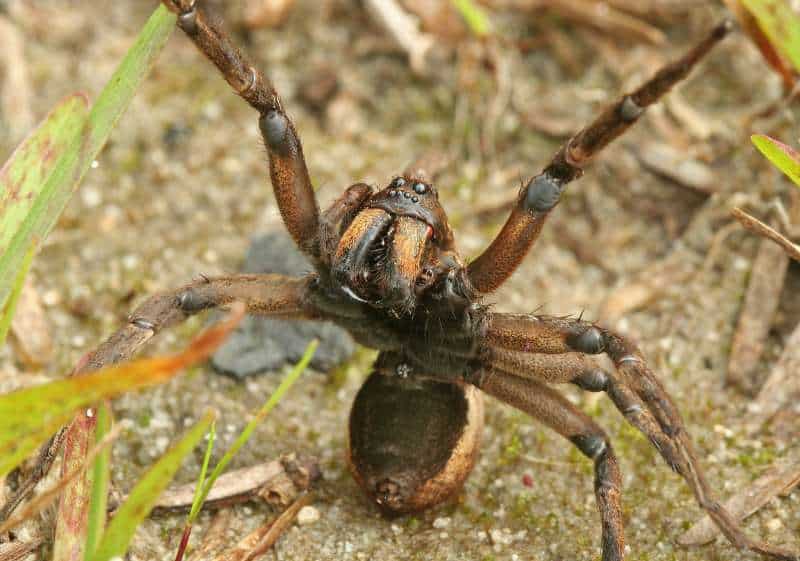
How visible are spider teeth?
Most spiders are small so their fangs and cheliceral teeth are too small to be seen easily. Long-jawed orb weavers (family Tetragnathidae) and some sheet weavers (family Linyphiidae) have very large fangs and cheliceral teeth for their size but are still tiny spiders.
For example, one of the largest long-jawed orb weavers found in the southeastern United States is Tetragnatha versicolor and has remarkably long cheliceral bases and fangs. But since even the females (which tend to be much larger than males) only grow to less than 13.3 mm (0.52 in) total body length (Rose 2022), their teeth are hard to see with the naked eye.
However, one major exception are spiders in family Theraphosidae. One such spider is the desert tarantula (Aphonopelma chalcodes) which live in the desert environments of Arizona, New Mexico, and southern California. These spiders grow to 50-70 mm (2-2.75 in) total body length with leg spans up to 100 mm (4 in). The chelicerae on these large, bulky spiders are very easy to see and their fangs are corresponding large. However, tarantulas hold their fangs folded back beneath their prosomas unless they feel threatened or are ready to attack, which makes them difficult to see in casual encounters.
Conclusion
Teeth are complex structures that vary significantly in shape, composition, and location across animals as diverse as arachnids and mammals. But they are key weapons for many predators, including spiders.
Related Now I Wonder Posts
For more information about spiders, check out these other Now I Wonder posts:
- What are wolf spiders?
- Jumping Spiders #1 – An Introduction
- Jumping Spiders #2 – A look at their incredible vision
- Jumping Spiders #3 – A detailed look at a special skill: Jumping
- Jumping Spiders #4 – As Predators
- Jumping Spiders #5 – As Prey
- Are spiders bugs?
- Do spiders have blood?
For more information about spider relatives in class Arachnida, check out these other Now I Wonder posts:
References
Bradley, Richard A.. 2012. Common spiders of North America. Berkeley: University of California Press.
Hickman CP Jr., Roberts LS, Larson A, L’Anson H, Eisenhour DJ. 2006. Integrated Principles of Zoology. 13th ed. New York (NY): McGraw-Hill Companies.
Milne L, Milne M. 1980. National Audubon Society: field guide to insects and spiders North America. New York (NY): Chanticleer Press Inc.
Rose S. 2022. Princeton field guides: spiders of North America. Princeton (NJ): Princeton University Press.
Taber’s Cyclopedic Medical Dictionary. 1997. 19th ed. Philadelphia (PA): F.A. Davis Company.

